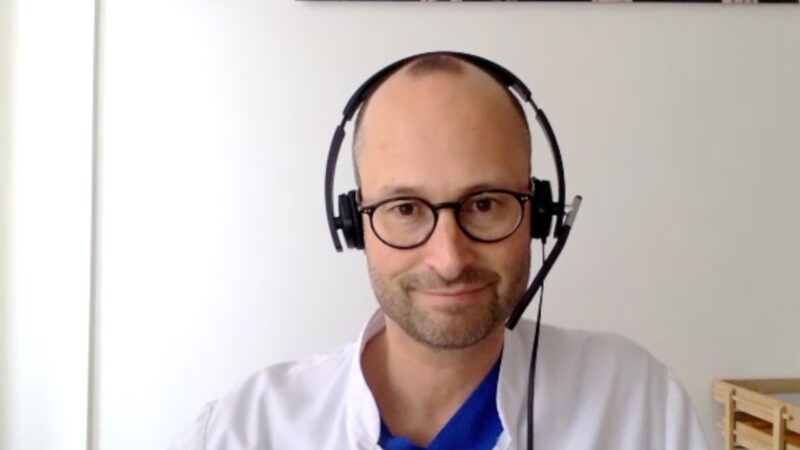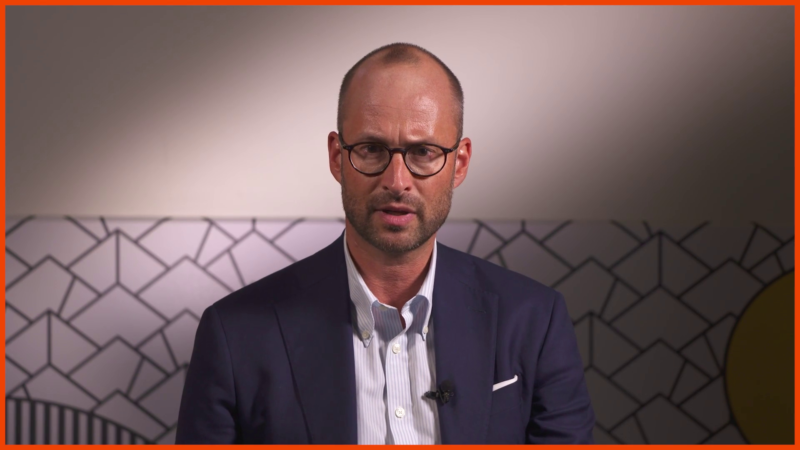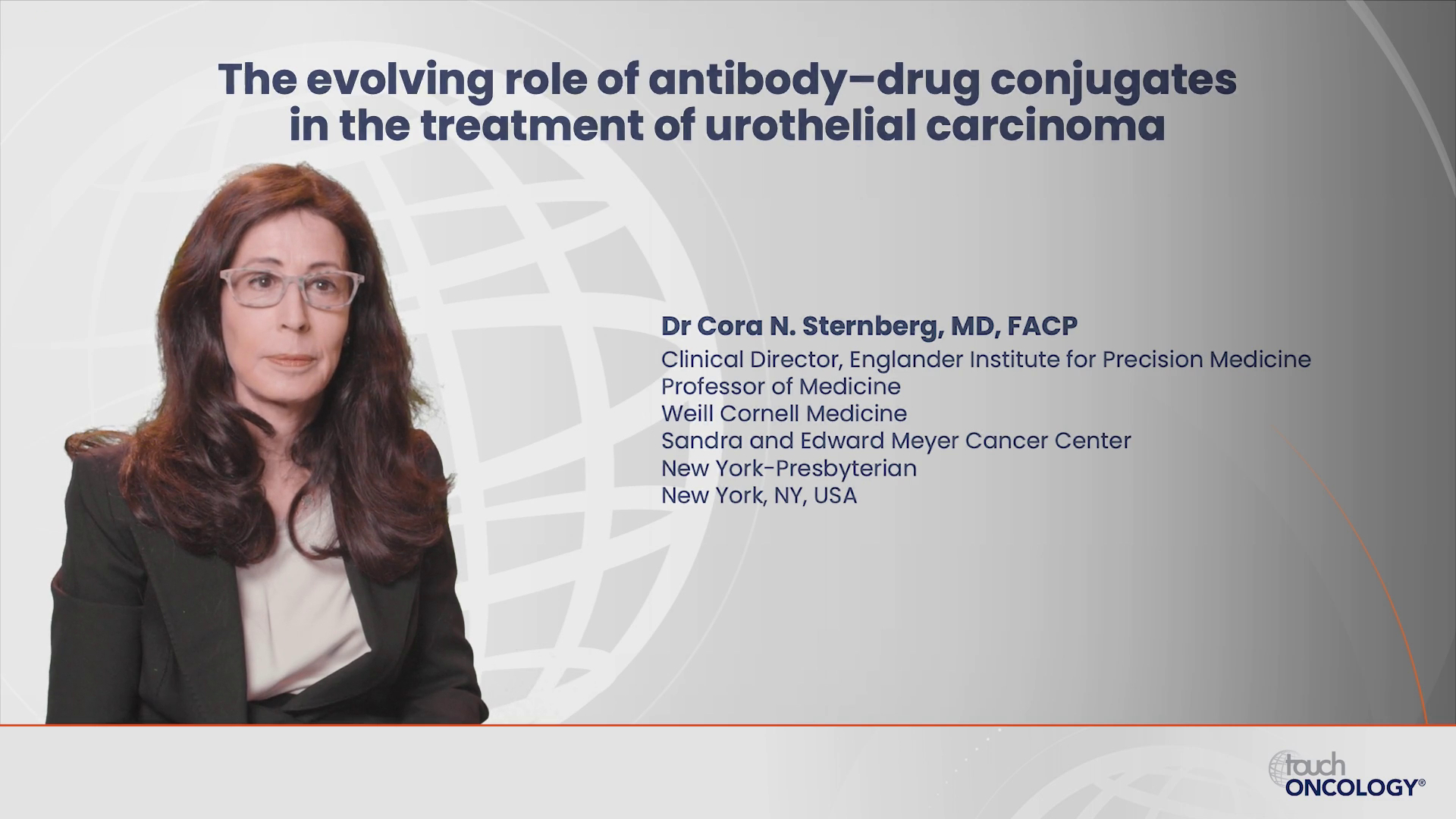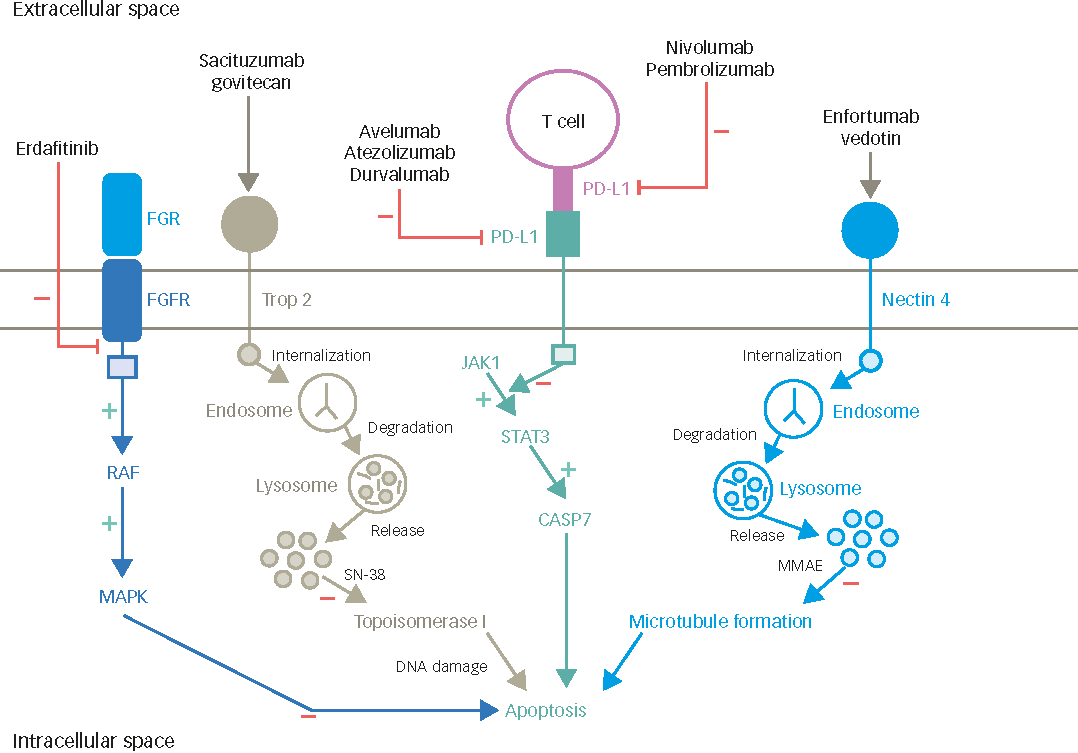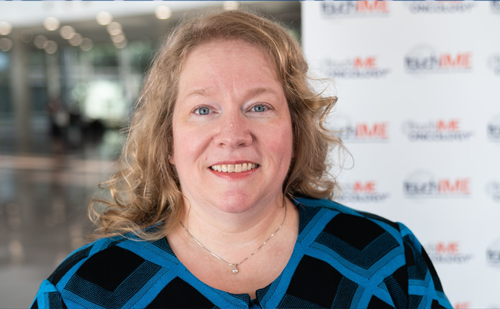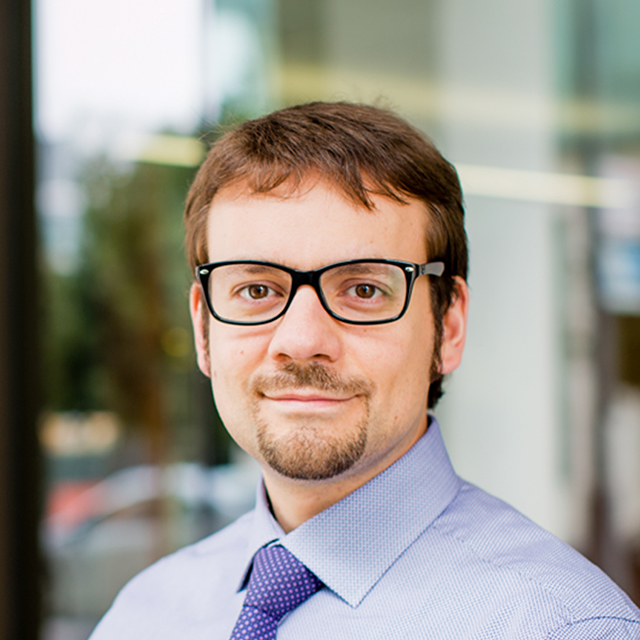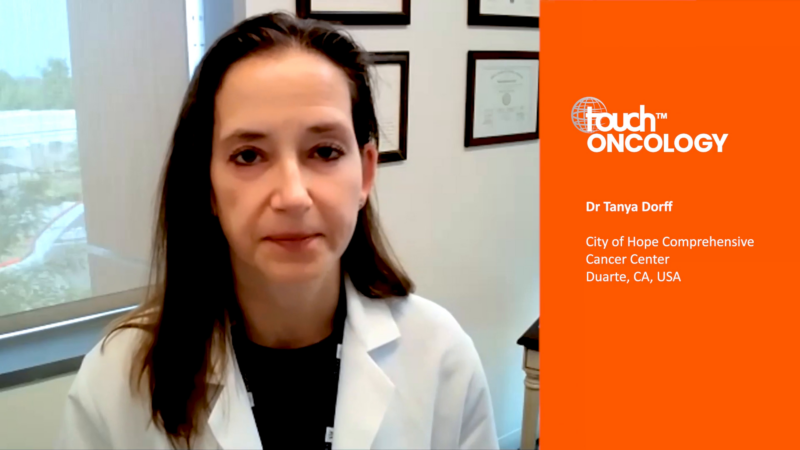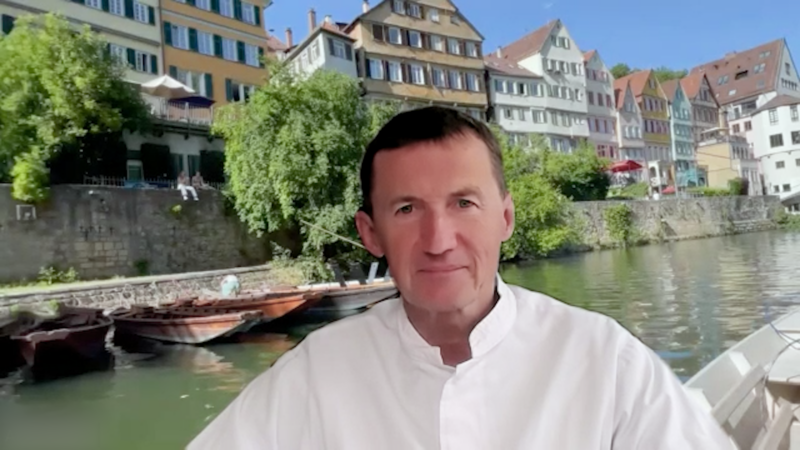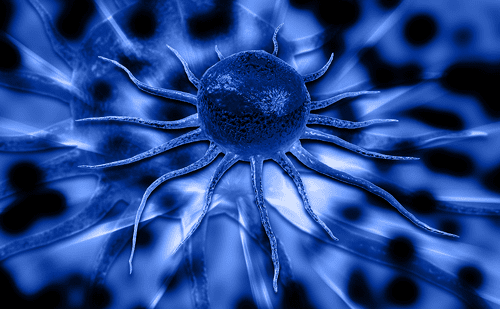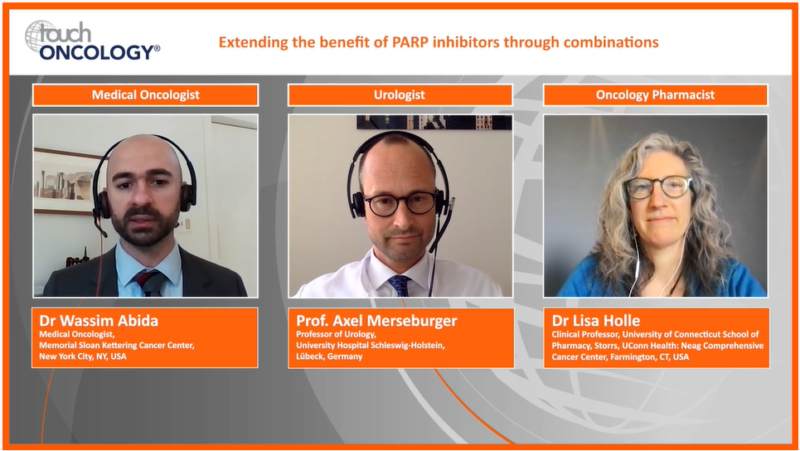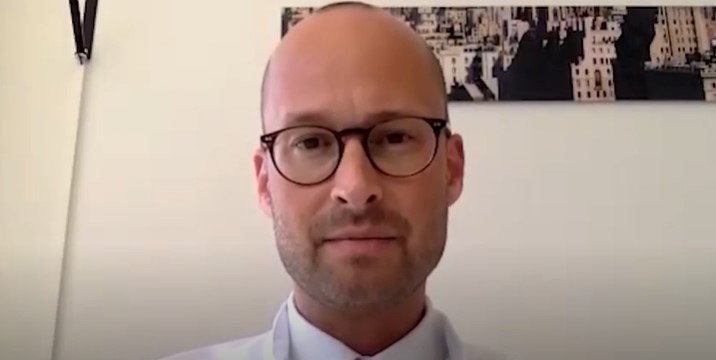touchFOCUS
 Quickfire Q&A with expert faculty.
Close
Quickfire Q&A with expert faculty.
Close
 Quickfire Q&A with expert faculty.
Close
Quickfire Q&A with expert faculty.
Close
Is HER2 targeting on the horizon in urothelial carcinoma?
Learning Objectives
After watching this activity, participants should be better able to:
- Discuss the clinical significance of HER2 expression in patients with urothelial carcinoma and considerations for molecular testing
- Evaluate emerging HER2-targeting treatment strategies for patients with urothelial carcinoma and the latest clinical evidence
Overview
In this interview, Dr Vadim Koshkin answers a series of questions focused on the potential for targeting HER2 in the treatment of urothelial carcinoma, including the rationale for HER2 as a target, approaches to HER2 testing, the latest data on emerging HER2-targeted therapies and the potential implications for future clinical practice.
This activity is jointly provided by USF Health and touchIME. read more
Target Audience
This activity has been designed to meet the educational needs of oncologists, urologists and pathologists involved in the management of urothelial carcinoma.
Disclosures
USF Health adheres to the Standards for Integrity and Independence in Accredited Continuing Education. All individuals in a position to influence content have disclosed to USF Health any financial relationship with an ineligible organization. USF Health has reviewed and mitigated all relevant financial relationships related to the content of the activity. The relevant relationships are listed below. All individuals not listed have no relevant financial relationships.
Faculty
Dr Vadim Koshkin discloses: Advisory board or panel fees from Astellas, EMD Serono, GLG Pharma, Guidepoint, Janssen, Merck, Pfizer and Seagen. Grants/research support from Eli Lilly, Gilead, Janssen, Merck, Nektar Therapeutics, Novartis, Seagen and Taiho.
Content reviewer
Alicia Canalejo, APRN has no financial interests/relationships or affiliations in relation to this activity.
Touch Medical Contributors
Hannah Fisher has no financial interests/relationships or affiliations in relation to this activity.
USF Health Office of Continuing Professional Development and touchIME staff have no financial interests/relationships or affiliations in relation to this activity.
Requirements for Successful Completion
In order to receive credit for this activity, participants must review the content and complete the post-test and evaluation form. Statements of credit are awarded upon successful completion of the post-test and evaluation form.
If you have questions regarding credit please contact cpdsupport@usf.edu
Accreditations
Physicians
This activity has been planned and implemented in accordance with the accreditation requirements and policies of the Accreditation Council for Continuing Medical Education (ACCME) through a joint providership of USF Health and touchIME. USF Health is accredited by the ACCME to provide continuing medical education for physicians.
USF Health designates this enduring material for a maximum of 0.5 credit hours AMA PRA Category 1 CreditTM. Physicians should claim only the credit commensurate with the extent of their participation in the activity.
The European Union of Medical Specialists (UEMS) – European Accreditation Council for Continuing Medical Education (EACCME) has an agreement of mutual recognition of continuing medical education (CME) credit with the American Medical Association (AMA). European physicians interested in converting AMA PRA Category 1 CreditTM into European CME credit (ECMEC) should contact the UEMS (www.uems.eu).
Advanced Practice Providers
Physician Assistants may claim a maximum of 0.5 Category 1 credits for completing this activity. NCCPA accepts AMA PRA Category 1 CreditTM from organizations accredited by ACCME or a recognized state medical society.
The AANPCP accepts certificates of participation for educational activities approved for AMA PRA Category 1 CreditTM by ACCME-accredited providers. APRNs who participate will receive a certificate of completion commensurate with the extent of their participation.
Date of original release: 24 January 2024. Date credits expire: 24 January 2025.
If you have any questions regarding credit please contact cpdsupport@usf.edu
To obtain the CE/CME credit(s) from this activity, please complete this post-activity test.
Claim CreditYou may also be interested in...

REGISTER NOW FOR FREE ACCESS TO
- 1000+ topical and insightful peer-reviewed journal articles
- 100+ hours of bite-sized congress highlights
- 10 major therapy areas packed with the latest scientific advances
- 150+ specialties offering learn-on-the-go medical education
- + Concise email updates and newsletters so you never miss out








